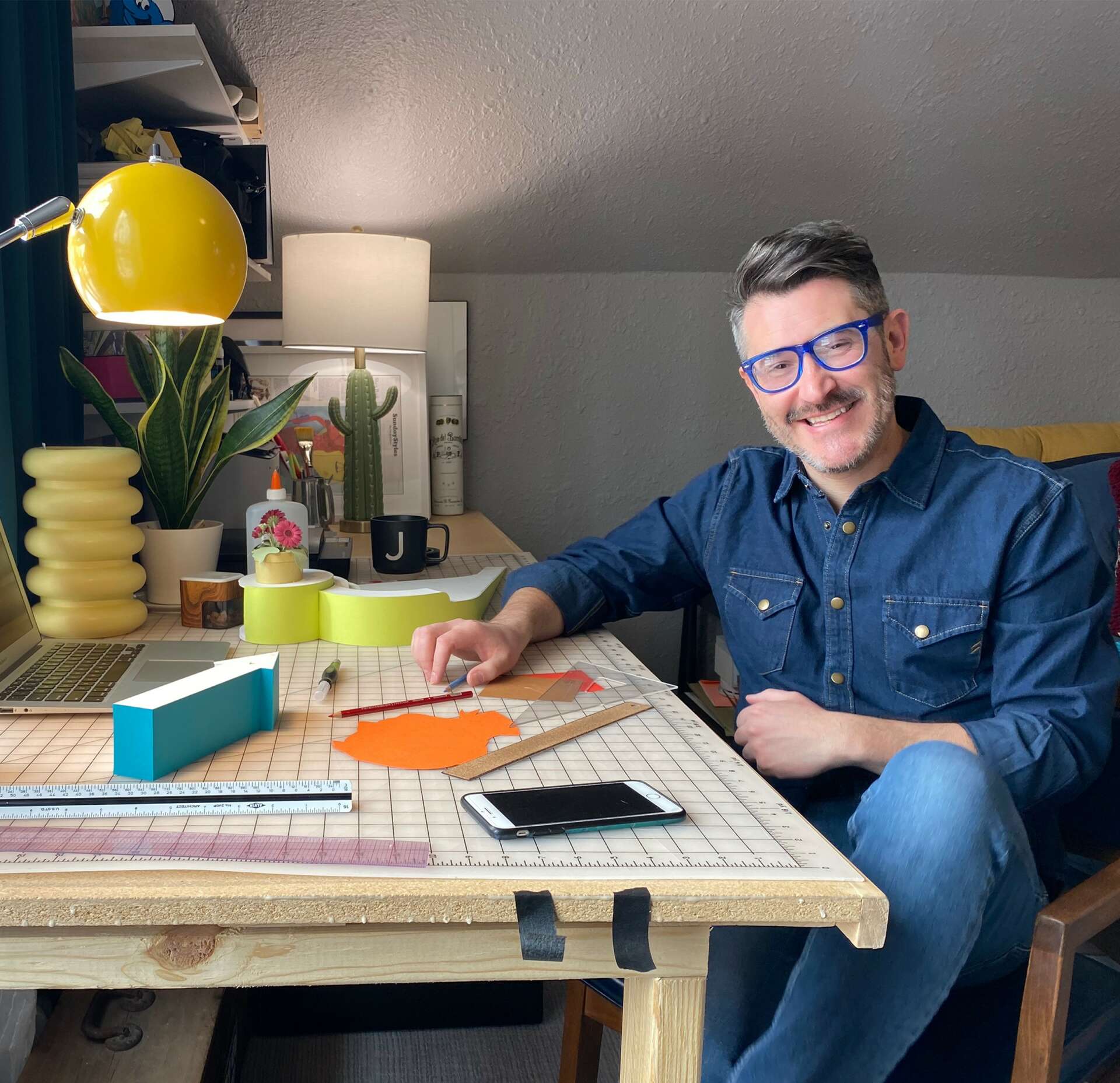We were lucky to catch up with Jeff Hinchee recently and have shared our conversation below.
Jeff, thanks for taking the time to share your stories with us today Can you talk to us about how you’ve thought about whether to sign with an agent or manager?
People often ask me about my path to partnering with my agent Richard- of Salzman International. It certainly wasn’t a magical, overnight, plucked-from-the-crowd deal. It was a goal that I worked towards. Prior to graduate school I worked full time as a set designer in New York on varied projects, but mostly Broadway level theater. I had moved out of New York City for illustration grad school but landed back there after graduation. I think every creative can relate to the effort and struggle of starting a new freelance career. Being back in New York gave me a little safety net with my existing theater network, and those design jobs kept me afloat while I took meetings with Art Directors trying to get the ball rolling as an “illustrator”. The illustration jobs were sparse, but the theater jobs were regular. It wasn’t the balance I had anticipated. Agent representation may not suit every artist; but I knew that, for me, if I was going to transition from one career to the other I would need an agent.
This led me to do a lot of research on representatives so that I could find the right fit. Of course it seems like ANY agent would be the right step, but I wanted to find an agency that that represented quality illustrators that I wanted to be in the company of. I wanted my portfolio to compliment and be complimented by those other artists’ portfolios, but I also wanted to stand out. I also wanted an agency that didn’t have an enormous roster so that I knew I would benefit from personal interaction and attention. I ended up with a small list, but wasn’t sure of the best way to make a strong opening impression with them.
Around this same time a theater colleague— sound designer Fitz Patton— had founded a magazine called “Chance” that beautifully featured artists working in theater around the world. He was impressed by my illustrations and asked me to join the magazine staff as the graphics editor; and in each of the quarterly issues I provided a full page illustration, spread, or small series. Illustration and photography competitions are a great way to get your name out there, and now— because of “Chance” magazine— I had published work to enter. (Side note***Rules and categories for these competitions have changed some in the past 10 years, but at the time only students could enter unpublished work. These competitions are “hate to love”, “love to hate” and many are very parasitic while still being considered important facets of the industry). I was fortunate enough to get some honors for these illustrations, and suddenly I had a great hook for introducing myself to agents in a cold email.
Richard Salzman was interested in representing me and understood the uniqueness of my illustrations, but he also told me to take my time with a decision to sign on. I think we communicated regularly for a year while I worked on building my illustration career. During this time he was generous with his time and guided me through potential jobs, contracts, and marketing. Eventually it was clear that we should make our working relationship official. I knew that I was not just a “number” at his agency. As soon as I signed our deal I started booking amazing gigs because I was among the right people.
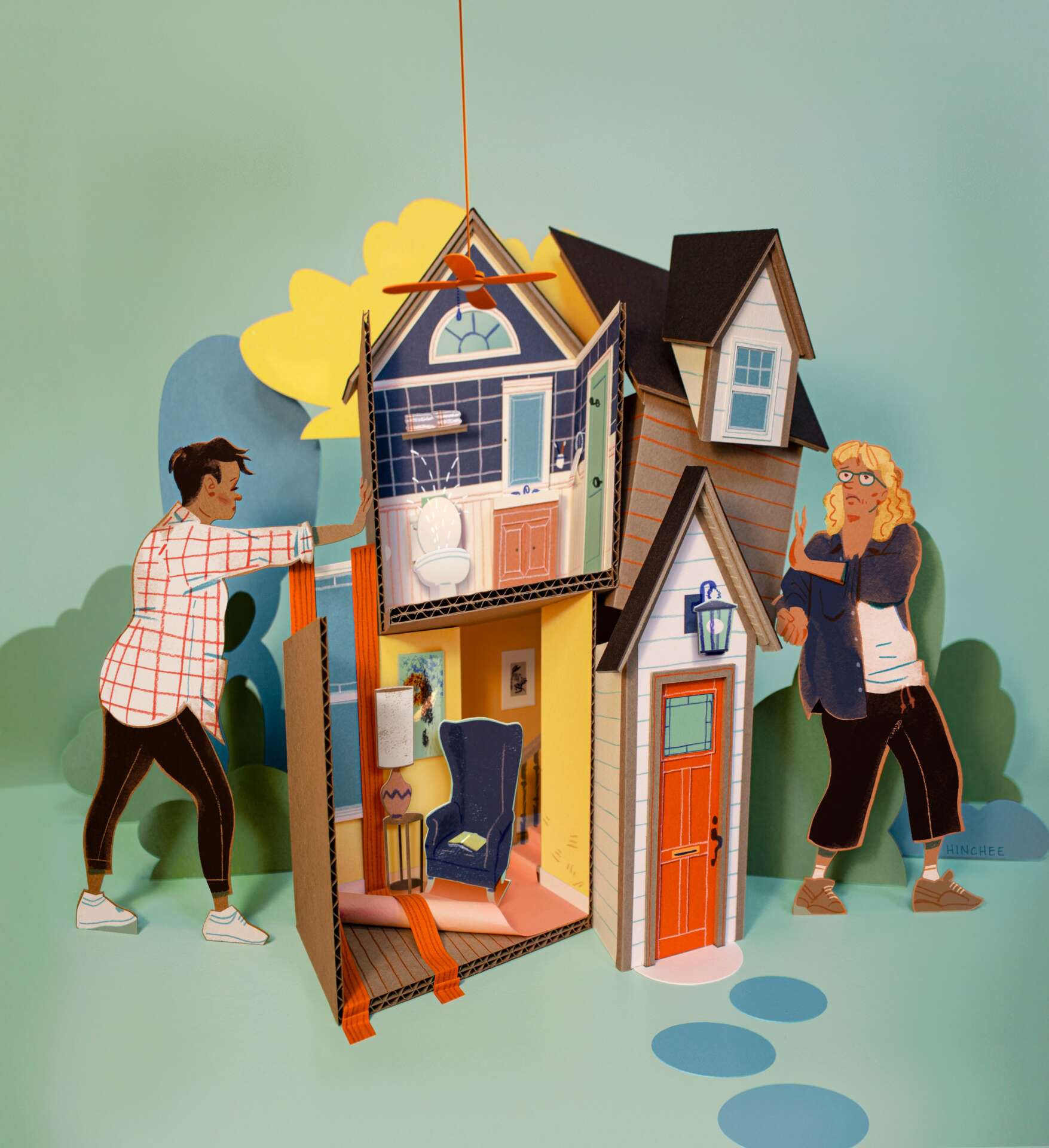

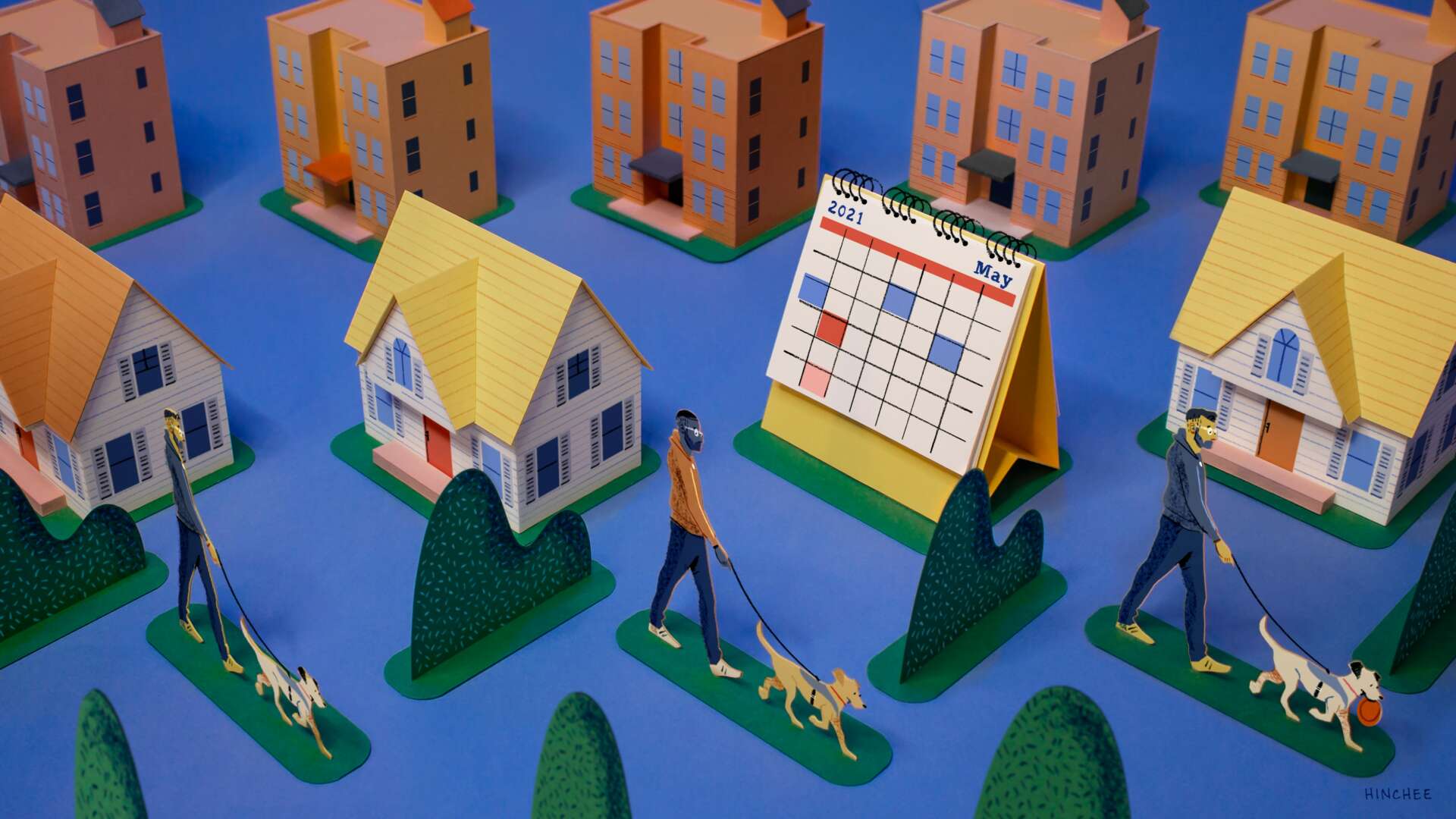
Jeff, love having you share your insights with us. Before we ask you more questions, maybe you can take a moment to introduce yourself to our readers who might have missed our earlier conversations?
I’m an illustrator that works in editorial, advertising, and book markets. I think in the simplest terms I call my style “mixed assemblage”.
I’m trained as a set and costume designer and have worked on very many Broadway shows, operas, ballets, and other live events for the past 20 years. There are isolated skills within that design work that became second nature to me. For example scene painting, traditional drawing and painting, storyboarding, technical drafting, prop styling, and very obviously scale model making. Theater requires a flexibility in style as each show has its own visual references, history, and tone. After working in that industry for about 10 years I decided to go to graduate school for illustration and to focus on figuring out what my art style could be— which at the time was still a mystery to me. I did lot of artistic exploration in grad school but didn’t settle into my current style until I had been working again for a few years, this time as a freelance illustrator, and the scheduling of projects necessitated I “get it together quickly”.
And so my illustration style is an accumulation of those theater design skills combined into one image. In theater you often present a finished scale model of a set (a perfectly appointed miniature), but the process work leading there is all cut paper studies. I’ve arrived at a version of that “paper” space that mixes drawing with photographed handicraft; and rather than something that has been labored over for months like a set design, I strive for work that feels playful and loose.
I’m quite proud of the fact that my style has honestly evolved out of my lived experiences and that my illustrations fill a gap between theater design/architecture and illustration. Designers recognize that anchor within my illustrations; and in an ocean of talented artists, people often tell me my illustrations are recognizably and distinctively my creations.
I also firmly believe that illustration and theater design share the fundamental purpose of bringing a written narrative to life, to clarify character, place, and tone, and to either highlight or subvert emotion and intention.
I’ve worked as a professor and still dabble in theater and television.
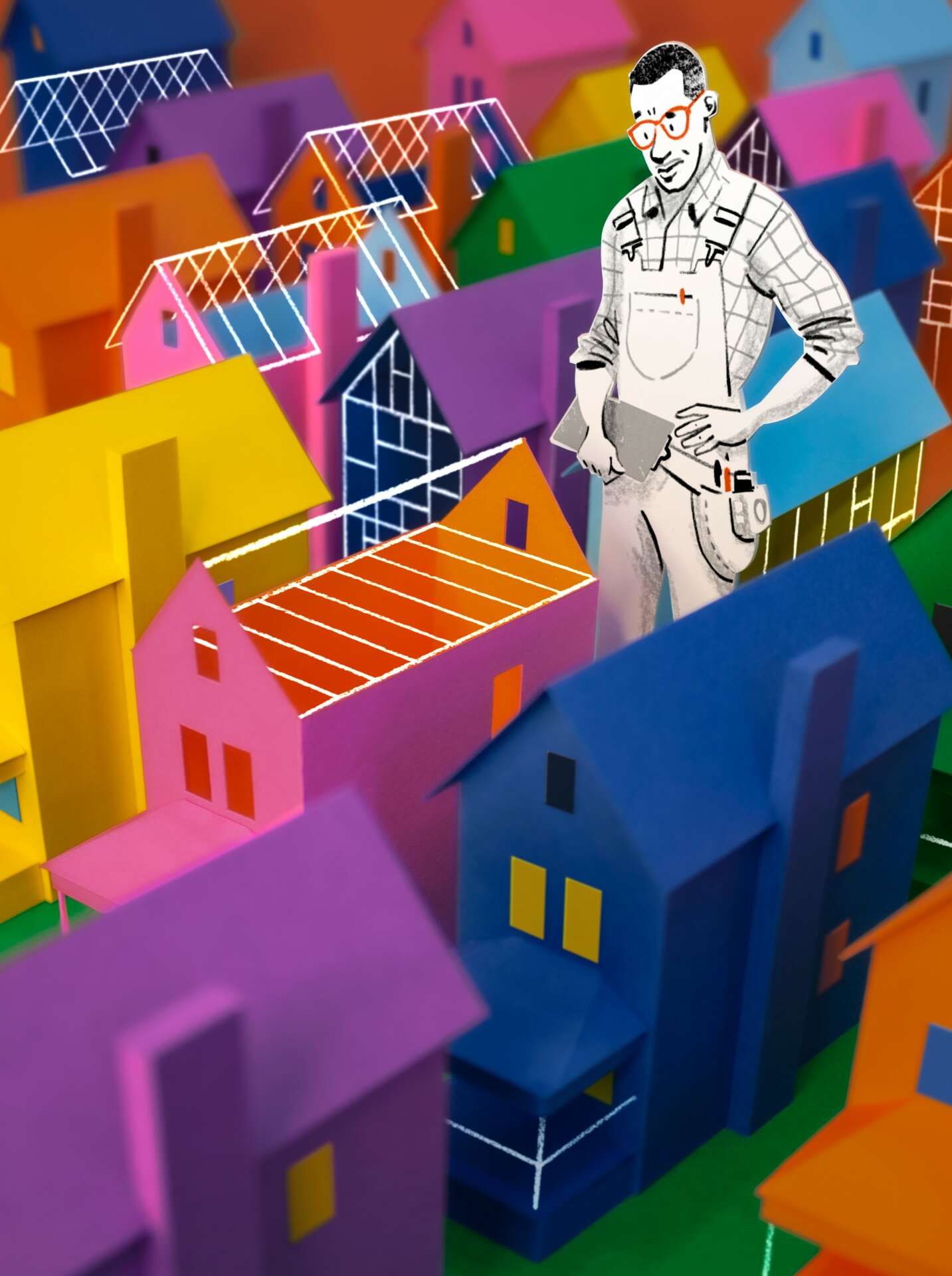
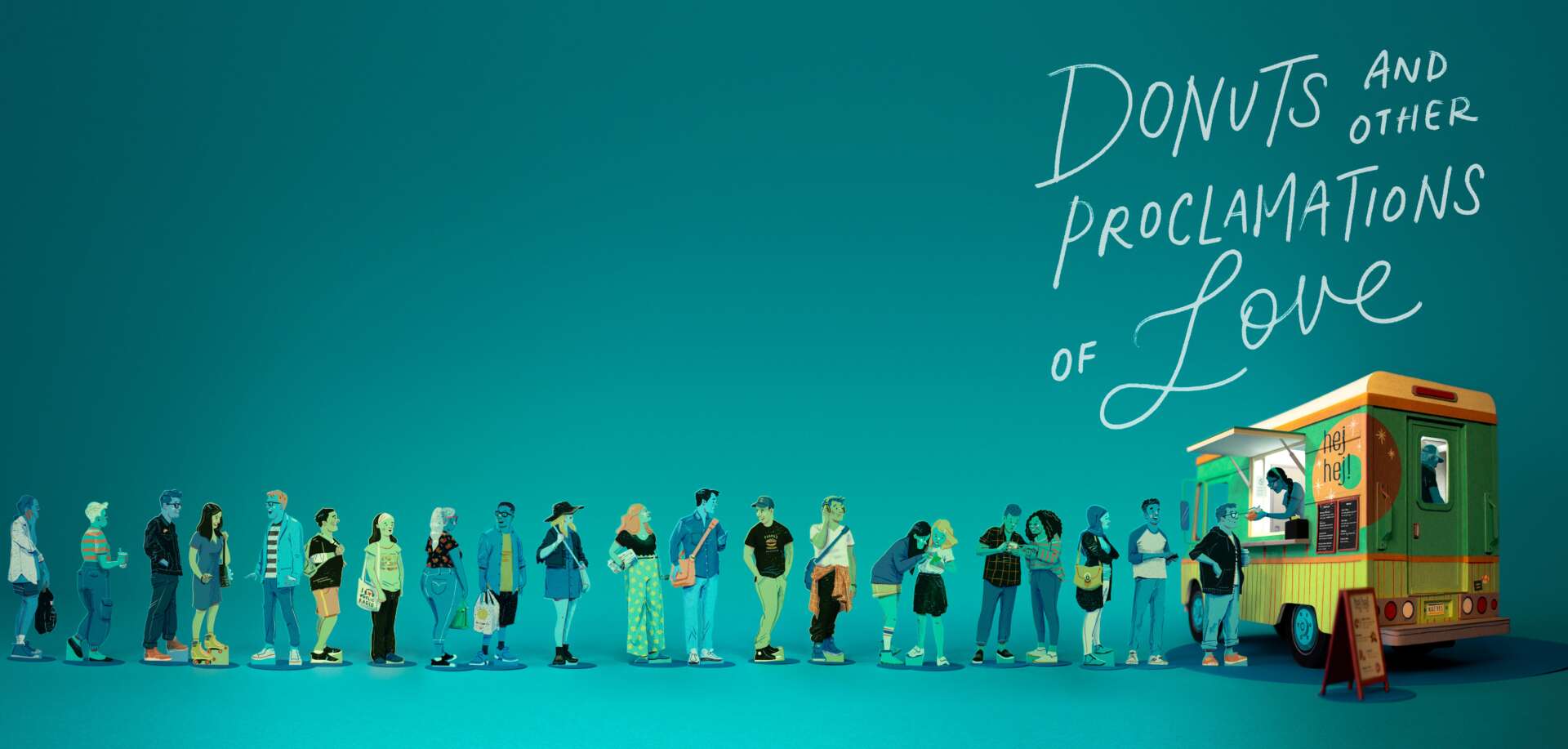

Is there a particular goal or mission driving your creative journey?
I have a couple goals that may or may not be classified as a mission. One, I am a cis, white, gay man. You may think this demographic is under-represented or over-represented in creative industries. I have no agenda other than representing diversity in my illustrations whenever possible. I live in Minneapolis and after George Floyd was murdered I experienced the riots first hand. It was deeply affecting. When I looked at my illustrations produced before his murder, I saw I was representing diversity mostly through female figures. It was clear to me that I needed to show more black men. My illustrations may be about shoes, gym memberships, the housing market, or any seemingly lighthearted topic but I made a rule after those riots: If there’s a white person in my illustrations, there will also be a black person or another minority. If there’s only one person I push for them to be non-white, if there’s a straight couple there will also be a gay couple, etc. I’ve received very little comment or pushback to this.
This is a small gesture, and generally an inconsequential aspect of my illustrations. However, there is an element to editorial illustration- magazines, newspapers, etc- that is casual or accidental viewing: something gets left on the table next to you at Starbucks, someone posts a link on Facebook, somehow an image winds up in front of your eyes without you trying. I’d like for even the casual viewer to feel like they belong, and project themselves into the jovial, colorful, cut-paper scenes I create.
(Side note** this isn’t always possible or desired if the topic is about race, backwards thinking, ignorance, etc).
Two, I think every artist should be true to their own voice. My style is hard-earned and represents my history, personality, and quirky worldview. Because of this I have no ego when it comes to advising, brainstorming or otherwise educating another illustrator. If someone asks me what materials I use, the kind of camera, what my process looks like— how rough my rough sketches are— I’m happy to help; and it’s especially fun to exchange ideas with other 3D and multi media illustrators. There are illustrators who are very guarded, and I’ve had people ask me, “Why are you so forthcoming with tips and tricks for people who do the same thing as you?”. I believe my work is my own, and another illustrator doing a similar technique will arrive at their own different style and solution because their work is their own. I might have ego about other things, but sharing ideas is important so we all become better artists. I have encountered knock-offs or tracings of my illustrations— and there I have no tolerance— but a true artist would never do that.
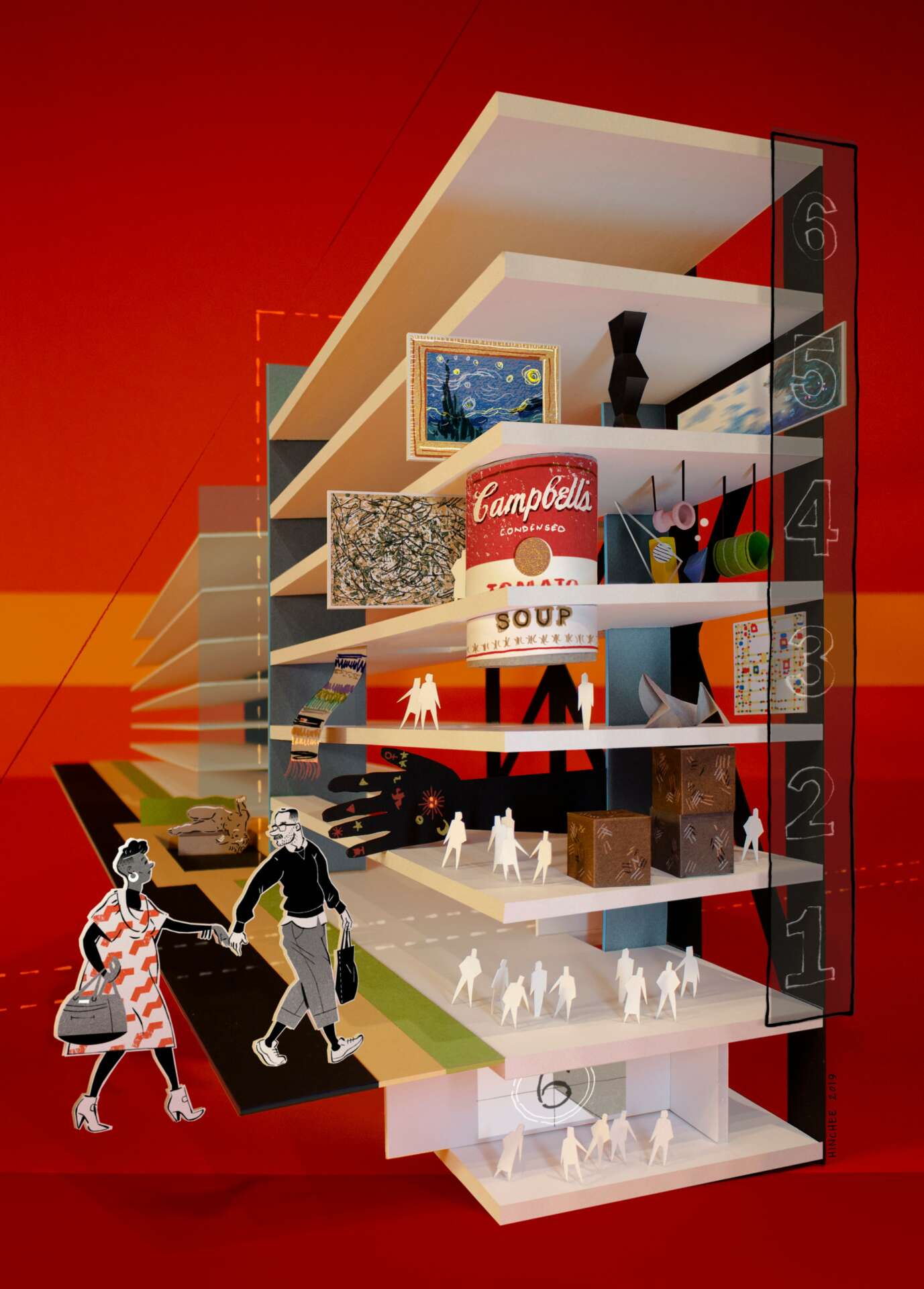
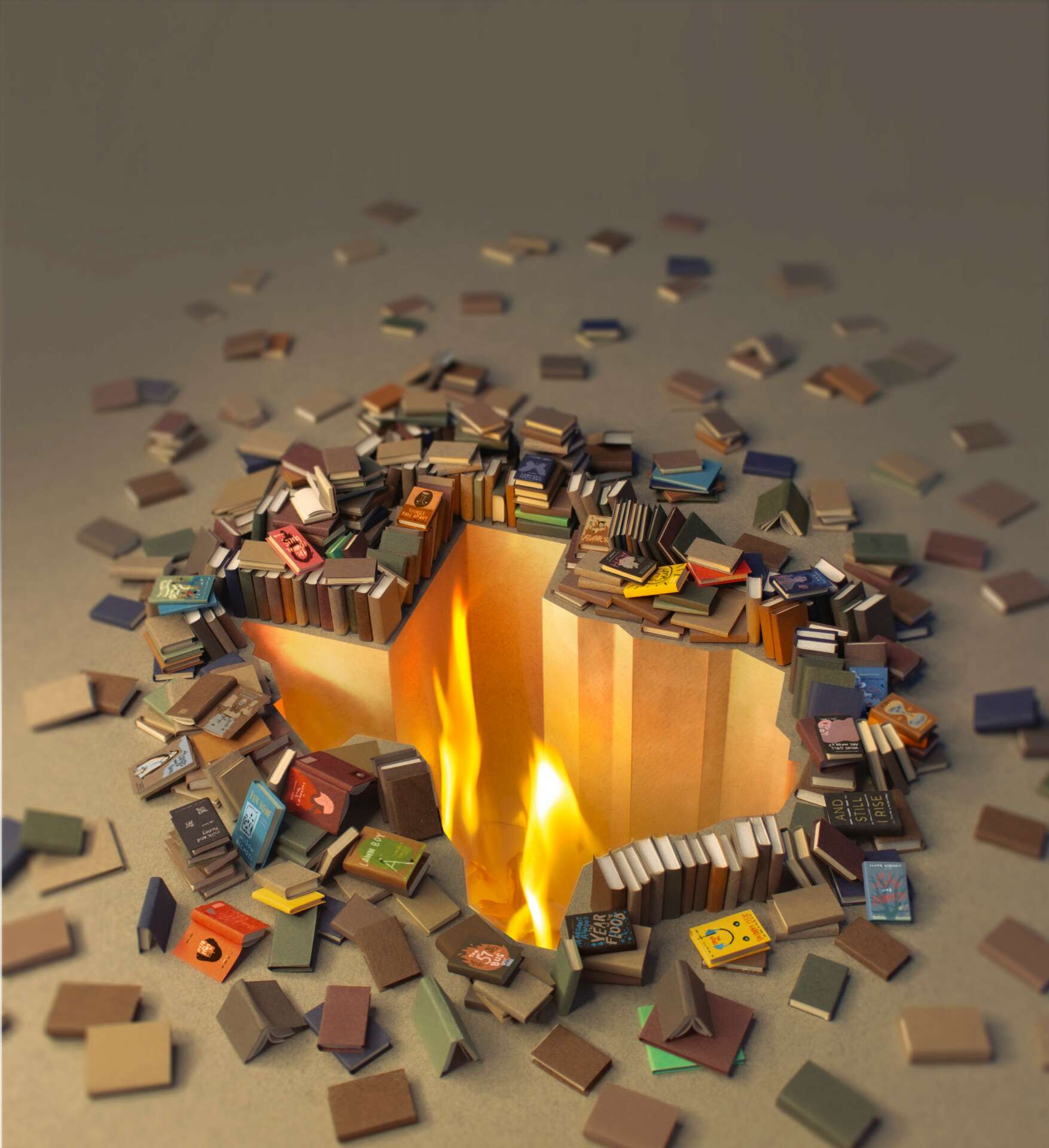
Can you share a story from your journey that illustrates your resilience?
I like to share this story with younger illustrators and recent graduates. Many years ago I met with an art director. We chatted, flipped through my portfolio, and I gave them a promo postcard or two (I think this whole encounter sounds very antiquated at this point). They were polite enough but I knew they didn’t like my illustrations and threw my postcards into a bottom drawer literally filled to the brim with other promos and mailers from other illustrators. Ouch. Two years ago they reached out to me and said they’ve been a huge fan of my work for a long time. They had no memory of meeting me years before, and I wasn’t about to mention it. We’ve worked together several times now.
On a similar note, maybe not quite as far back as the first anecdote… I received some negative portfolio feedback from a potential client. I think there was a series of images that weren’t impressing, so I took the valid critique and ditched them. After some reconfiguration I dug my heels in and put one of those illustrations back in. Years later I landed a dream gig, and the art director pointed to that one image and said “This is what made me hire you”.
Contact Info:
- Website: https://jeffhinchee.com/home.html
- Instagram: https://www.instagram.com/jeff_hinchee_art/
- Facebook: https://www.facebook.com/jeff.hinchee
- Linkedin: https://www.linkedin.com/in/jeff-hinchee-99274a35/
- Twitter: https://twitter.com/jahinchee
Image Credits
All photos by Jeff Hinchee


